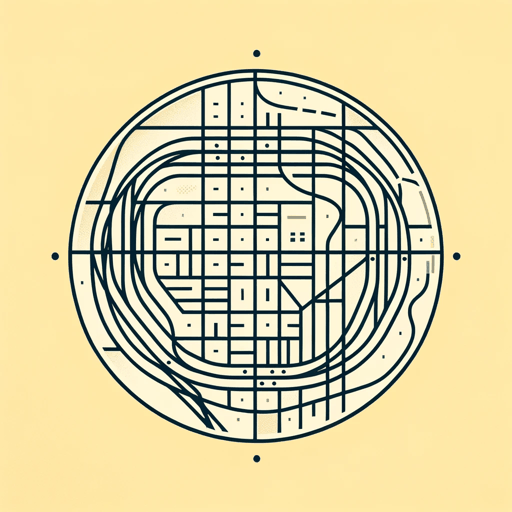42 pages • 1 hour read
William Julius WilsonMore Than Just Race: Being Black and Poor in the Inner City
Nonfiction | Book | Adult | Published in 2009A modern alternative to SparkNotes and CliffsNotes, SuperSummary offers high-quality Study Guides with detailed chapter summaries and analysis of major themes, characters, and more.
Chapter 2 Chapter Summaries & Analyses
Chapter 2 Summary: “The Forces Shaping Concentrated Poverty”
The silence surrounding racial inequality in the 1990s and early 2000s was a marked change from the civil unrest of the 1960s, especially following the murder of Martin Luther King, Jr. However, in 2005, Hurricane Katrina revealed the squalid living conditions of the poor of New Orleans. Impoverished families were unable to relocate, and the media coverage brought attention for the first time to the inequalities faced by inhabitants of isolated inner-city ghettoes. Explicitly race-based structural forces, political actions, and impersonal economic forces all shape life for blacks in the inner city. National cultural beliefs and racial constraints have emerged from years of racial isolation and chronic economic subordination.
In 1934, the Federal Housing Association (FHA) was established, necessitated by mortgage foreclosures during the Great Depression. Selectively administered housing subsidies excluded majority-black inner-city areas, where potential buyers were denied mortgages. “Redlining,” as it became known, was assessed largely on the basis of racial composition. This set the stage for the present urban blight and was clearly motivated by racial bias. This practice was only discontinued in the 1960s. In the 1950s, suburbanization of the middle class was supported by subsidization loans to groups such as veterans and by routing highways through inner-city neighborhoods.


